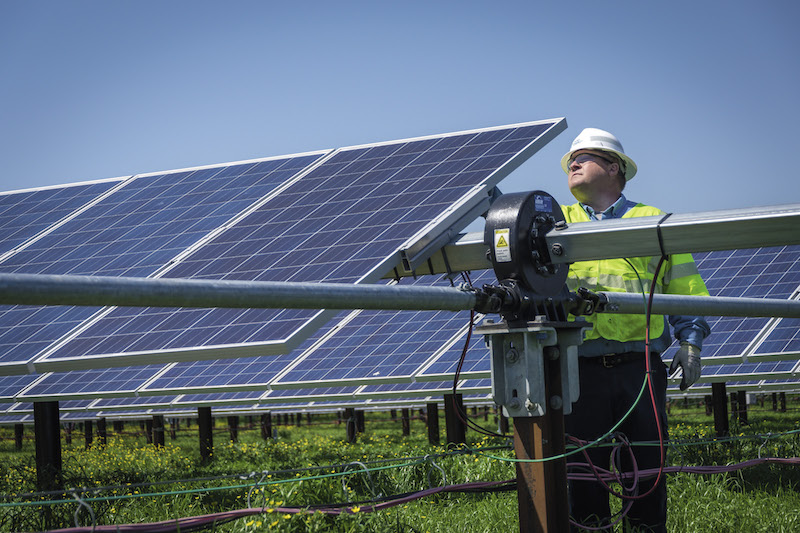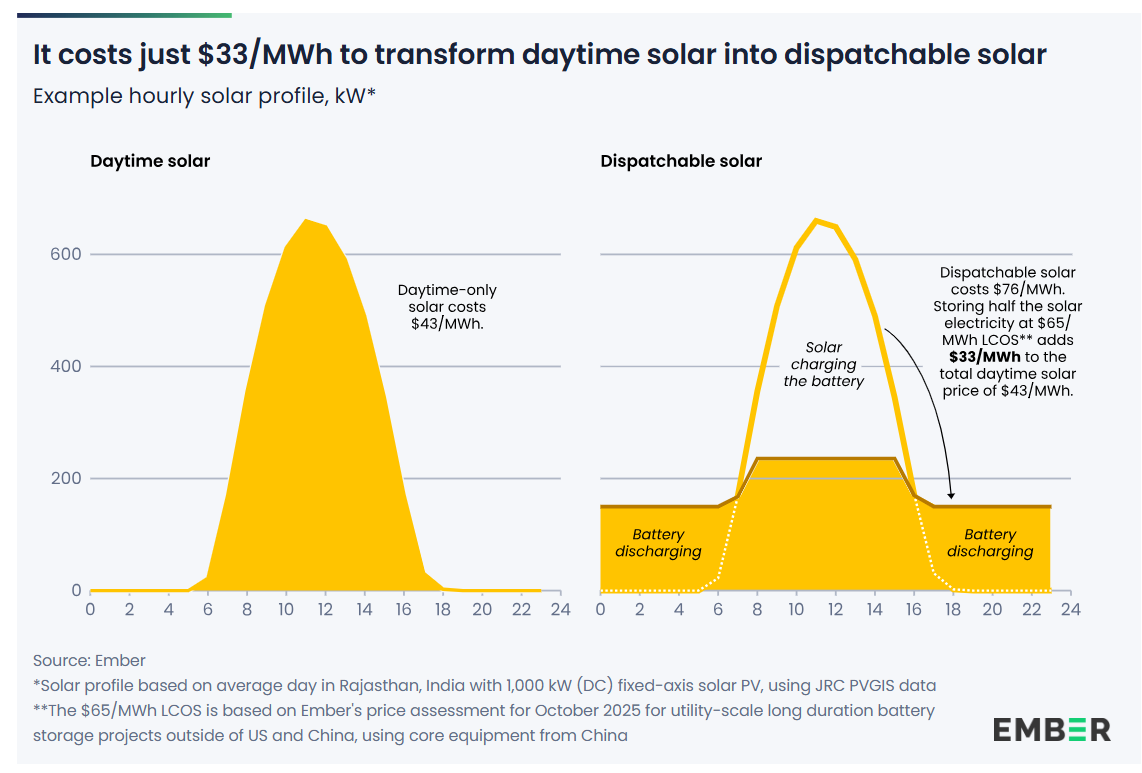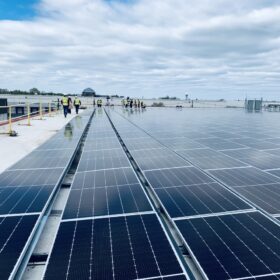There has been a fervent solar development march in the Carolinas by Duke energy over the past half-decade, a march which saw 565 MW of solar capacity installed in 2018.
Overall, Duke has added a total of 2,500 MW of solar in the two states over the last four years. This was in the context of North Carolina becoming the second largest state in the country in terms of total installed capacity. South Carolina, while behind its Northern namesake, has also seen a solar market start to take off.
In addition to Duke’s development boom, the company has also been offering solar rebate programs that it offers in the two states. In North Carolina, Duke’s rebate is a 5-year, $62 million program, with those funds being used to administer a 60-cent per watt (¢/W) credit for solar residential customers have installed.
The rebates stop at 10kW, or $6,000. Duke outlines that the average rooftop solar array is 8kW, meaning a $4,800 annual rebate. Businesses who apply will be eligible for a 50¢/W credit, while nonprofits are eligible for 75¢/W. These nonresidential projects cap out at 100 kW of installed capacity, meaning a maximum credit of $50,000 for businesses and $75,000 for nonprofits.
In South Carolina, Duke pays $1 per watt for qualified residential customers who install systems up to 20 kW on their property and for business customers who install systems up to 1 MW on their property, a program which has led to exponential growth in the South Carolina residential solar market.
However, it has not all been sunshine and daisies. Late in 2018 Duke voluntarily extended net metering in its South Carolina service areas until March of this year, but the company followed that up by proposing an increase in customers’ fixed-charge rates, up 220% and 238%, to $28 and $29 per month. The thing to remember with Duke is that smaller-scale solar development is more a dance than anything else. With all the rebate programs and large-scale development come the fixed-rate charges and mediocre compensation after net metering caps.
At the end of the day, this is still Duke and there is development on the horizon. After growing its Carolinas installed capacity totals by 65 MW from 2017 to 2018, the company has even more ambitious views, aiming to add 680 MW of new solar capacity in 2019.
This content is protected by copyright and may not be reused. If you want to cooperate with us and would like to reuse some of our content, please contact: editors@pv-magazine.com.









Decent growth rate of 13% and planning to go to 20% in 2019. Every state and utility should be growing their RE at the same or better rate.
Crappy about their fixed charges and net metering.
The SC rebate program mentioned is in a very late stage and so new residential customers won’t be qualifying, so didn’t want anyone to worry about how that works if that’s their circumstance! Otherwise really helpful article – solar has been growing fast in the Carolinas, both at a large scale and on a smaller size owned by individual customers and businesses!
Please edit this post to show that SC Rebate was years ago and is not currently active.
Misinformation is heavily damaging the SC market with lease options and “free solar” the last thing we need is a reputable source like PV mag spreading more.
Thanks you for your attention to this.
I could be mistaken here but Duke reflects that the rebate program is ongoing. It is, as others have said, in late stages and past the stage where it is accepting new applicants. However the rebate program still has 13% of rebates to pay off in the Duke Energy service area and 14% in the Duke Energy Progress service area.